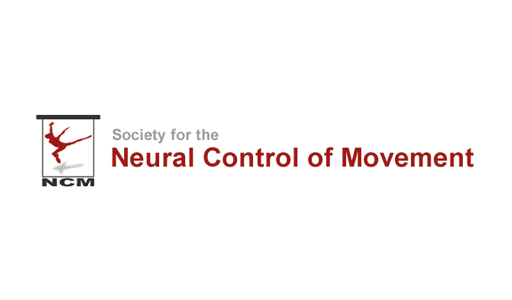Talk Abstract
Prevailing computational models of recognition are purely feed-forward. In these models, as sensory input passes from region to region more abstract features are extracted until several levels up in the hierarchy entire objects are recognized. This passive view is inconsistent with anatomical and physiological experiments, which suggest that active movement is integral to every cortical region, including primary and secondary sensory areas. Integrating motion and feed-forward sensory inputs into a unified model of recognition remains an important open problem. We describe a network model of cortical circuitry that learns sensorimotor representations of objects. Extending previous work, the network integrates motor representations and feed-forward sensory information to build predictive models of objects. Objects are actively explored and then recognized quickly as soon as sufficient disambiguating information has been sensed.
The model explains a number of empirical observations that have eluded theoretical understanding, including the role of bidirectional connections between “what” and “where” regions, some of the inter-layer and intra-layer connectivity patterns within cortical columns, and why some layers of cells have extensive lateral connections between columns.

